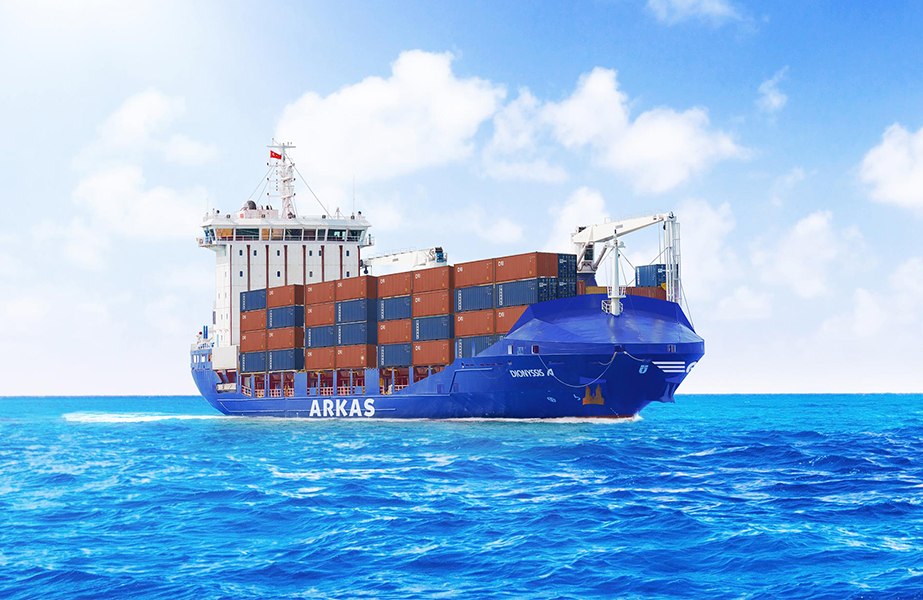The president of the Port Authority of Santander, César Díaz, announced that the first third of the three that make up the car silo expansion project is now operational, which provides 47 thousand square meters for vehicle traffic, while work continues on the second and third phases.
Díaz stated that this investment, which amounts to USD 46.5 million, “will provide the port with more operational capacity and increase the efficiency of the vehicle terminal, concentrating it in a space close to the docks and next to the railway siding, thus reinforcing our commitment to synchromodality and the promotion of rail transport.”
The expansion project has been scheduled in three phases that are executed successively to optimize the operation of the silo during the works and to put it into service gradually.
With the commissioning of the first stage of the expansion, and after having completed the system tests of the facilities, “we plan for the second phase to be operational at the beginning of next summer and the third and final one at the beginning of 2027,” Díaz stated.
The president of the Santander port said that “vehicles are strategic traffic for the port, a benchmark on the Spanish Atlantic coast. We are aware of its importance and, for this reason, we are developing an ambitious commercial plan, joined by the continuous investments we make to improve our facilities. Furthermore, it must be remembered that this is a high value-added cargo, especially valuable for boosting the region’s economy and employment.”
This facility, which has an area of 70,000 m2 per floor, will not only increase the capacity of the car terminal but also improve the management of vehicle flows due to its location between the dock and the railway siding.
The project is unique in terms of its typology and construction process, highlighting the choice of lightweight, reusable prefabricated elements to enable the simultaneous operation of the terminal, reduce the cost of the foundation, shorten execution times, reduce occupational risks during the works, and recycle the materials once their useful life is over.





